Moremi is a nature reserve of about 3,900 km2 located in the center and east of the Okavango Delta. It is bordered on the north by the Savuti and Linyanti areas of Chobe National Park. It is formed by different rivers like the Khwai; pantans; sandbanks, lush forests and several islands that make this whole area spectacular for wildlife viewing. In fact, it is considered one of the best wildlife reserves in Africa with the possibility of seeing the Big Five and other animals such as wild dogs or the cob lychee, an antelope native to the Okavango Delta.
It is the first African reserve to be created by Native Africans, specifically the Batawan people. It was created in 1963 when Mrs. Moremi, wife of the late tribal chief (Moremi III) of the Batawana people of Ngamiland, decided to declare this area of the Okavango Delta as a Nature Reserve to protect it from drastic wildlife reduction caused by indiscriminate hunting of animals. In this way, she ensured that all the animals on the Mopane Tongue and Chief’s Island side were protected and that the native inhabitants of those lands could continue to live without leaving their homes.
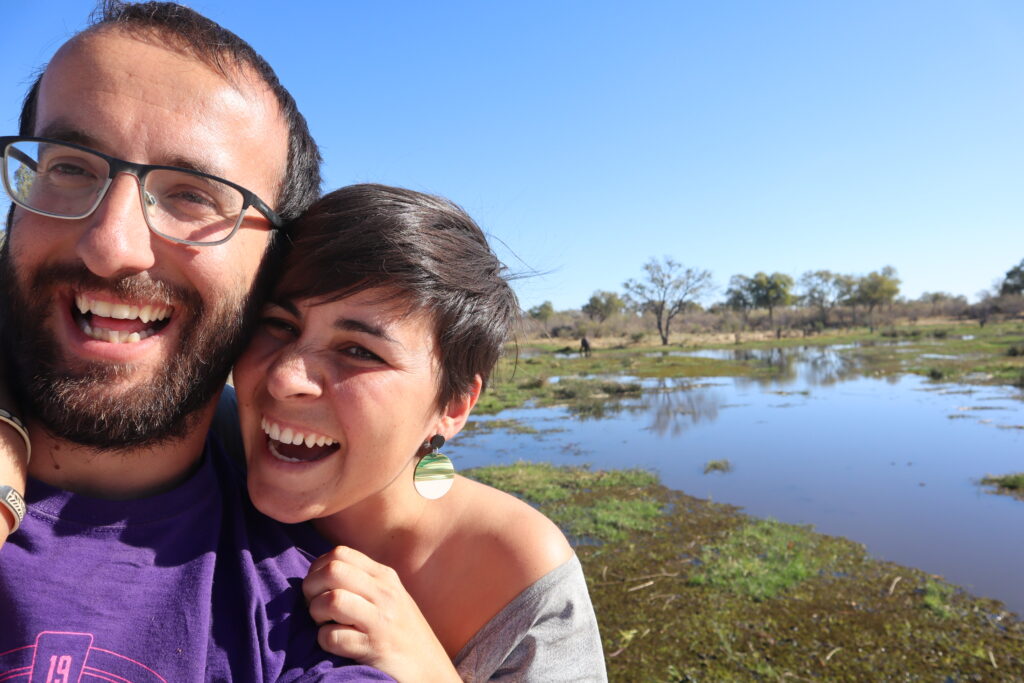
Accessible only by 4×4 and by plane, we find several areas of interest throughout the reservation:
– Khwai River: This area, located around the northern entrance to the park and the town of Khwai, consists of a wide floodplain surrounded by tall evergreen trees and acacias. You can see many birds such as kingfishers or storks; as well as the cheetah that camouflages itself in this greener landscape of the reserve.
–Xakanaka Area: located north of the reserve, important mopan forests and a system of deep waterways and floodplains converge. It is where the most deserted part of the reserve lies with the delta. An area with a large presence of antelopes, and therefore a good place to see predators and also the famous wild dogs. We will also find a large presence of birds in the lagoon of Xakanaka (with the largest heron colony in Africa) and we can see areas of great scenic interest and animals such as Paradise Pool, Dead Tree Island or Jesse’s Pool where we will see camouflaged crocodiles and hippos. Also, we can enter the lagoon through small boats (mokoros) on the pier that is right next to the campsite.
– Third Bridge: Not far south of the Xakanaka area (approximately 1 hour by 4×4) and close to the Sekiri River, it is one of the most famous areas of the Moremi Reserve for the large number of animals found there and the beauty of its landscape. The origin of the name is because it is located near the third bridge that crosses coming from the southern access of the reserve. From there, we can skirt the Lebala Pan in search of animals and also access Mboma Island by a road of about 17 km until we reach the pier, traversing beautiful landscapes of vegetation and fauna.
– Chief’s Island: Only accessible by private jet, it is known as the predatory capital because of the large number of wild animals found there. It is the first place to be flooded during the rainy season, creating a rich vegetation ecosystem for many animals. There are 3 luxury lodges. It is an option for tourists traveling on a high budget.
The great diversity of landscapes, the large number of wildlife and the very presence of the river channels of the Okavango Delta make the Moremi Reserve another must-see if you are traveling to Botswana. Please note that accommodation is quite scarce (and highly priced) within the booking and the distances are long, so we recommend that you prepare your route in advance for one of the best activities in Africa.
What to consider before visiting Moremi?
– To access the Moremi Reserve by land, it is essential to travel by 4×4. It is a mandatory requirement for all access doors because in many areas we will find a lot of sand on the ground. For those of you who don’t have one, an option is to hire a 4×4 safari in Maun who will arrange a route for you. There is even the option of traveling by plane to land and sleep in one of Moremi’s exclusive lodges.
– If you want, you can also take a tour of the Okavango Delta from the Moremi Reserve. There are two main points of departure for boats: the Xakanaka Pier to the north of the reserve, and the Mboma Island Pier to the west of the Third Bridge area. A guide will accompany you on a tour with a mokoro (a kind of non-motorized canoe characteristic of the delta) navigating the river waters. For a 2-hour tour, expect to pay about 450 pulas per person.
– The gateways to the reserve (North Gate and South Gate) are at the eastern end. Therefore, consider the distances to travel and plan and book in advance where you will be staying. There are very few accommodation options, and we were unlucky and couldn’t find any. So we stayed outside the reservation and had a good time every day to get to the front doors.
– Plan the route of the day. In the Moremi Reserve you will find many forked paths that run through different parts of the reserve, making you often find yourself alone with the car in the middle of a plain and surrounded by animals. Set back an hour in time so as not to be late for your accommodation or the front doors, which are quite a distance from the Xakanaka or Third Bridge areas.
– Orient yourself well, don’t get lost: The Moremi Reserve is a very large area with different places and many paths to get in with your 4×4. Always keep your GPS or Maps.me open in case you want to do a bit of off-road and go off the main roads in search of animals. We recommend that you buy at the front door the map of the Reserve where all the routes and paths are drawn with the distance between them, as well as the places to visit.
– Adapt to the schedule of the hens. At dawn, when the sun rises and sets, it is when the animals are most active and it is easier to see them. Get up early and get out of the car at sunrise, you may see some nocturnal animals that are still active. You can rest at noon, when it’s hotter, as that’s when it’s harder to see animals. In the evening, after a siesta, many animals are back active to go drink water for the last time and the nocturnal animals start coming out again. Also note the distances to the front door so you don’t be late!
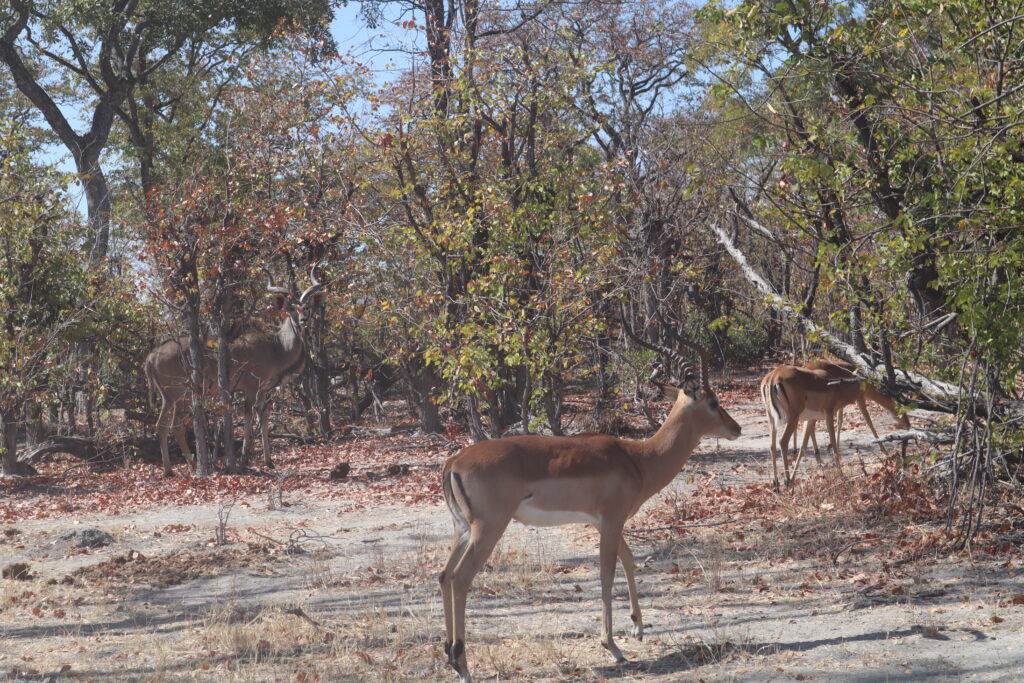
– Check your tire pressure and get ready for driving challenges. Think that the ground is full of sand and you will most likely get stuck if you don’t bring the right pressure. That’s why it’s important to follow these tips for driving in Botswana, especially when it comes to sand.
– Fill the full tank in Maun. At the Moremi Reserve, you will not find any petrol station. So if you come from the north, bring the full tank from Kasane, and if you come from the south, fill it in Maun. Some travelers have bought a bottle of diesel from local people in the village of Khwai, just before the northern entrance to the reserve.
– Bring firewood in the car to make fire every day. In Botswana, the campsites are not fenced, so you can find animals near your camping area. In addition, you are in a reserve between the Okavango Delta and the Chobe National Park with a large presence of animals. If you make fire, you will keep the animals away and you will only hear their distant voice!
– Prepare a menu of what you will eat in advance. In the Moremi Reserve and in the surrounding villages like Khwai or Dizana we will not find any supermarket where you can buy food. Bring food reservations from Kasane or Maun and plan what you will eat, as well as the water you will bring to go quietly during the Moreni Reserve safari.
– Drive slowly. Moremi is a reserve with a lot of animals. Take the opportunity to drive slower, so it’s easier to see animals and notice where they may be without scaring them with the noise of the car. Also keep in mind that you will have to cross some wooden bridges and depending on the month, you will have to cross some small rivers. The deepest will be the Third Bridge, where it is best to drive on the left if you go towards the campsite as it is the shallowest area.
– Keep a safe distance between the animals and your vehicle. Please note that you cannot get out of the car under any circumstances unless it is a designated area. Also, if you find elephants keep a proper distance so you avoid any unexpected incidents. Pay attention to the signal that animals make to respect their territory and habitat. If you want to know more about elephant behavior, click here.
When to visit this Natural Reserve? What to bring?
The best time to visit Moremi is during the dry season, which runs from May to October. During this time, you will find many animals looking for shade in the vegetation formed by the waters of the rivers of the reserve; and paths accessible only by 4×4 that will allow you to travel the Reserve from end to end.
During the rainy season (November to March / April), the roads become impassable due to the rise of the watercourse and the delta, making it only accessible by plane from Maun.
When packing, it is important to bring:
- Binoculars for seeing animals from afar.
- A hat and sunglasses.
- A good map of the park or area. We always use the MAPS.ME application. At the front doors you can also ask for small maps with the routes indicated and follow your intuition to deviate from different paths to discover animals.
- For the car, it’s important to bring shovels, some rope, a compressor to check your tire pressure and sandtracks in case you get stuck in the sand. Sometimes you’ll find cars to help you get out, but sometimes it’s up to you to get the sand off the wheel to get out of there, so be prepared!
- The flashlight and the front light is essential because, during the night, there is no light in the campsites.
- Bring enough water for the whole day safari. You can also bring something to snack between hours. There are special picnic areas to eat inside the park, but be careful not to leave a trail of food.
- A good mosquito repellent and long protective clothing for nights or evenings.
- Sun cream and lip protector.
- Clothes are better if they are of light and bright colors. Preferably it should be khaki, dark green or brown. It should also be comfortable clothing that allows you to sit for many hours inside the car and at the same time, breathable. Remember that at sunrise and sunset, it starts to get cooler, take some warm clothes with you.
- A good camera with the right lenses. Also remember the battery and the adaptable charger so you can charge them in the car while driving.
- Check the time often, because the distances are long and also the routes. Have a well-timed clock to know the timing you are living during the day and not be late when arriving at the campsite or leaving the Reserve. The notion of time watching animals is usually lost.
How to get there?
To reach the Moremi Reserve by car, you can only access it through the two entrance gates:
– North Gate: This is the entrance you find once you leave the Chobe National Park. Once out of the Mababe Gate, take a road to Khwai, the border town of the Moremi Reserve which has about 300 inhabitants. It is the gateway that we will use if we want to visit directly the Khwai River area and also the Xakanaka area.
– South Gate or Mankwee Gate: It is the closest entrance to Maun, at a distance of approximately 100 kms which takes about 2 and a half hours. It is the gateway that we will use if we want to visit the Third Bridge area directly as well as the Xakanaka area.
Within the reserve, the main paths (all sand and gravel) are indicated; but you will find many forks that will take you to different viewpoints, plains, lagoons, rivers… If we want to travel directly between the North Gate and the South Gate, we can take the Mopane Tongue road which is within the Reserve and which consists of a straight road in the middle of forests, acacias and trees located to the east of the reserve. It’s the fastest way to link the two gates, though it’s also the least spectacular when it comes to wildlife.
The other way to get to Moremi Reserve is by plane. In this case, you will have to leave Maun aerodrome and hire a joint accommodation and safari pack at some of the lodges that are located in the Reserve itself.
Permits, reservations and prices
The price to visit the Chobe Park is 120 pulas per person per day plus 50 pulas per car and day. It’s really cheap. For the mokoro activity, we didn’t get to do it due to lack of water, but we read on different blogs that the prices are around 450 BWP per person.
What do have higher prices are the accommodations, which with little supply is important to book in advance if you do not want to end up spending a lot of money in luxury lodge or sleep outside the reservation as happened to us.
Where to sleep in Moremi?
The Moremi Reserve has a range of accommodation with little availability. You should book in advance if you are looking for tight budgets, as the few options available fill up quickly. Therefore, we advise you to plan your route in advance and book your accommodation in advance.
To the north of the reserve, following the course of the Khwai River, we find different accommodations. Only one is inside the reserve, while others are outside just around the town of Khwai. Some of the accommodations we can find are:
– Magotho Campsite: Located 20 km east of the village of Khwai, they have 15 campsites located around the northern part of the Khwai River. Without any logistics (restaurant, shop, toilets…), it is accessed by a difficult sandy road between the road from Mababe to Khwai. Operated by Khwai Development Trust, the price is 300 pulas per person per night; and you have to check in at their office in Khwai village. A very valuable option for seeing wildlife near the river bank. For more information, click here.
– Khwai Safari Grounds: Located 15 km from the village of Khwai and right next to the bank of the Mbudi River, a tributary of the Khwai River. It costs 300 pulas per person per night. It has campsites under large trees and also showers and toilets. For more information, click here.
– Mbudi Campsite: Located near the Khwai Safari Grounds and on the banks of the Mbudi River, this campsite has only 4 places. It is a basic accommodation with toilets and shower. It costs 350 pulas per person per night. You can book by phone at 73681757 or by email at mbudicampkwai@gmail.com
– Khwai (North Gate) Campsite: Just after the entrance to the north gate of the Moremi reserve, this campsite has 10 pitches with shared ablution blocks (showers and toilets). Located on the floodplains of the Khwai River, it is a great option to see animals up close and to be inside the reserve. It costs 50$ per person per night. Managed by SKL, you can book here.
– We also find luxury accommodations like the Khwai River Lodge (about 2,000$ per person per night) or Machaba Camp (about 1.200$ per person per night) They include cabins right by the river with panoramic terraces, a spa and restaurants. If you want to see how they look, look at this one link and this other link.
Inside the reserve, around the Xakanaka and Third Bridge area, we find few options that we need to book well in advance if we are traveling during the dry season. During the rainy season, some of these are only accessible by plane. The accommodations we find in this area are:
– Xakanaka Campsite: Located next to the pier, it has 8 pitches with spectacular views of the plains of the lagoons and a visit of many wild animals nearby. Watch out for baboons when you get your food out and enjoy one of the best campsites on the Moremi Reserve with a very good budget. To check in, you have to sign in at the Xakanaka office which is about 3 km south of the campsites. It costs around 300 pulas per person per night. For more information and to book, click here.
– Third Bridge Campsite: Managed by Xomae Group, it is located in the western part of the Moremi Reserve. This area, located right on the border of Mboma Island and on the shores of the Okavango Delta, enjoys a high concentration of wildlife during the dry season. It has 9 free camping pitches (50$ per person per night), and 5 pitches with tents already installed (120$ per person per night). For more information, click here.
– Xakanaka Camp, Okuti Camp and Moremi Camp: During the high season (dry season), the prices of these 3 accommodations range from around 1,000$ per person per night. These are luxury lodges on the shores of Xakanaka Lagoon. For more information, click here.
– Mboma Island Camp: Accessible only by boat from the pier of Mboma Island, it is a field located on one of the islands of the Okavango Delta where you can enjoy its tranquility, its landscape and the presence of birds and animals. It is priced at around 700$ which includes accommodation and boat transfer. For more information, click here.
In the southern part of the reservation, we also find different accommodations that can be interesting as a starting point for a visit to Moremi. These are:
– South Gate Campsite: Managed by Kwalate Safaris, it is a campsite located at the southern entrance to the park (Mankwee Gate). A good starting point to visit the Mopane Tongue and some areas such as the Black Pools. It costs 270 pulas per person per night and is a basic campsite that does not offer a great view of the landscape and wildlife as it is located next to the front door. For more information, click here.
– Mankwee Campsites&Bush Lodge: This was our base camp during our visit to Moremi. It has several pitches separated from each other and with ablutions (sink and shower) and space to make fire on the floor. It costs 250 pulas per person per night and to reach the Moremi reserve there is a distance of about an hour (take a straight road that stopped at the Mopane road that connects the South with the North Gate ). The south door is the closest to this simple and secluded accommodation. For more information, click here. To book you can write an email to camping@mankwe.com
– Kaziikini Campsite: This accommodation is located about 30 km south of the gateway to the Moremi Reserve. Very simple campsite with a cost of 290 pulas per person per night. For more information and to book, click here.
What was our route? Planning 3-4 days touring the Moremi Natural Reserve:
Our route was adapted to the accommodation we found. We moved too late, and when booking most mid-low budget campsites were full; so we booked 2 nights at Mankwe Campsites, located on the outskirts of the Moremi Reserve. This caused us to travel one hour each day to enter the reservation and one hour later to return to the accommodation. Therefore, we advise you to book accommodation in advance so that you can fully enjoy one of the most beautiful reservations in Africa.
If you come from the north (Chobe National Park), we recommend the following route:
DAY 1: We recommend that you stay in the northern part of the reserve, with some of the options you will find near the town of Khwai. Surely, if you come on the same day of the Chobe you will arrive in Khwai in the early afternoon. Enough time to check in at the accommodation and then go on a safari (with your car or organized) without having to enter the reservation around the Khwai River. You will be able to see elephants by the river, hippos, lions and even, as was our case, wild dogs.
DAY 2: We will enter the reserve by the North Gate in order to travel the different paths that will take us to the Xakanaka area. We recommend that you stop at Hippo Pools where there is a hippopotamus lookout point, Hamerkopnest Pan, Paradise Pool, Lion Park, Baobab Tree, Xakanaka Lagoon and also Dead Tree Island. Throughout this journey, you will find a very varied fauna especially in the early hours of the morning, such as giraffes, zebras, impalas, eagles, elephants, lions, cheetahs, wild dogs, hyenas or cob lychee (a native antelope of the Okavango Delta similar to an impala); among others. The landscape is also very beautiful with abundant vegetation and some river channels. On this day, we recommend that you book accommodation at Xakanaka Campsite or Third Bridge Campsite, inside the Moremi Reservation.
DAY 3: You will wake up in the Moremi Reserve and, being a short distance from the piers, you can take the opportunity to take a mokoro excursion through some of the canals of the Okavango Delta. You can continue driving through this area in the direction of the South Gate. It is a route of a 66 km sandy path crossing different bridges (First Bridge, Second Bridge and Third Bridge if you come from the entrance gate) with different forks and various landscapes where you can visit the Lebala Pan, the Xini Lagoon and the Black Pools with lots of birds and wildlife. You can sleep in some of the campsites in the southern part of the Moremi Reserve.
DAY 4: If you still have more days, you can also drive along the Mopane tongue, a road through woods, acacias and trees that crosses directly from the South Gate to the North Gate. It’s a pretty nice path where you’ll find buffaloes, zebras and giraffes; but not large predators. You can then return along the main road from Khwai to Maun to spend the night in the city, after thoroughly visiting the Moremi Natural Reserve.
If you are coming from Maun, we recommend a first day in the southern part of the reserve, a second day with accommodation at the Third Bridge or Xakanaka Campsite, and a third and fourth day touring the northern part of the reserve and the area of the Khwai river.
Moremi Reserve is one of the most spectacular areas in Botswana for seeing wildlife. During the dry season, you can access it with your 4×4 and experience the adventure of driving in the middle of sandy terrain and spectacular landscapes of acacias, rivers and lush vegetation while watching the animals in their natural habitat. It is a reserve where the water of the Okavango mixes with the plains of the African savannah, and where you will feel like an explorer in search of paths, predators and herds of elephants.
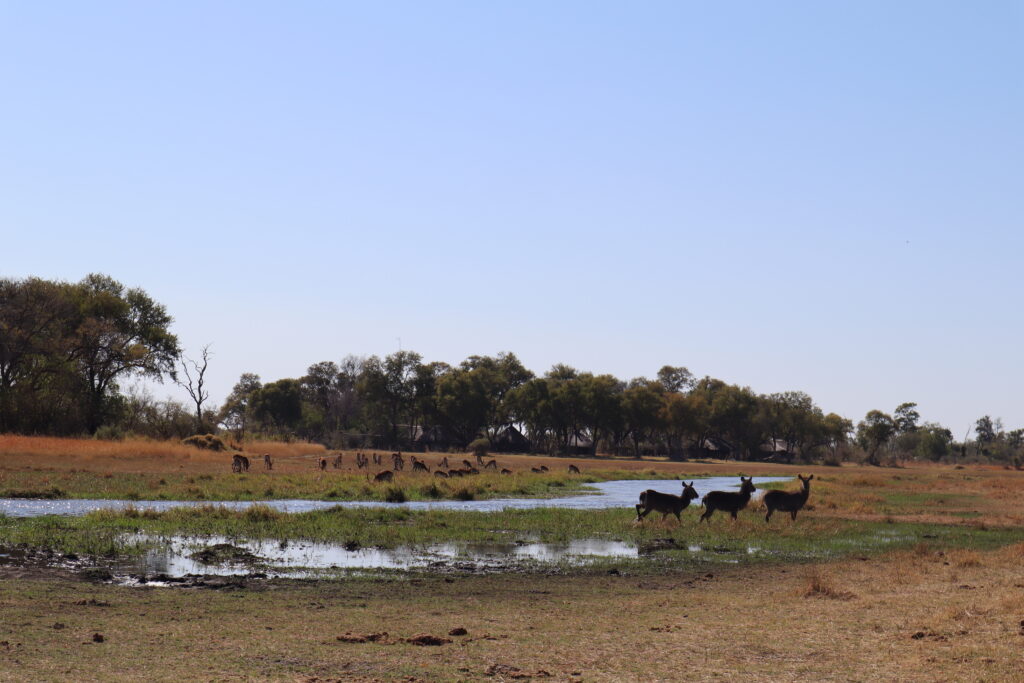

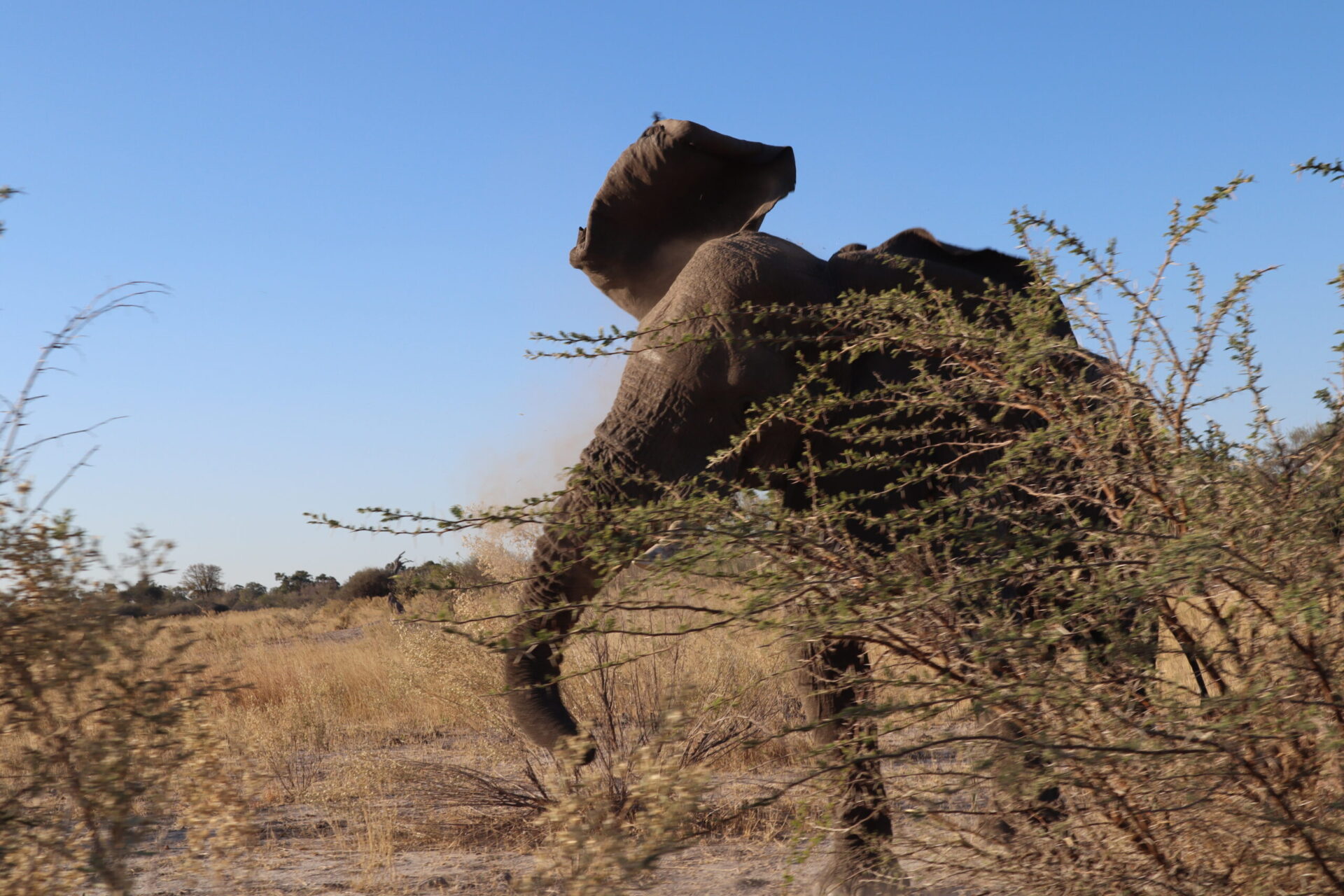
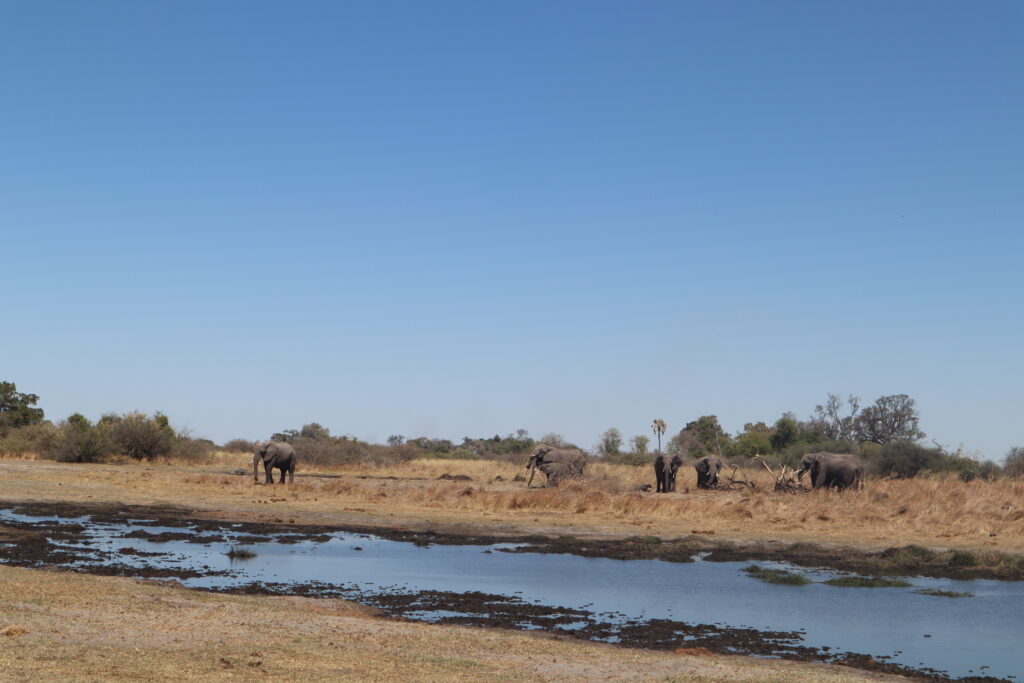
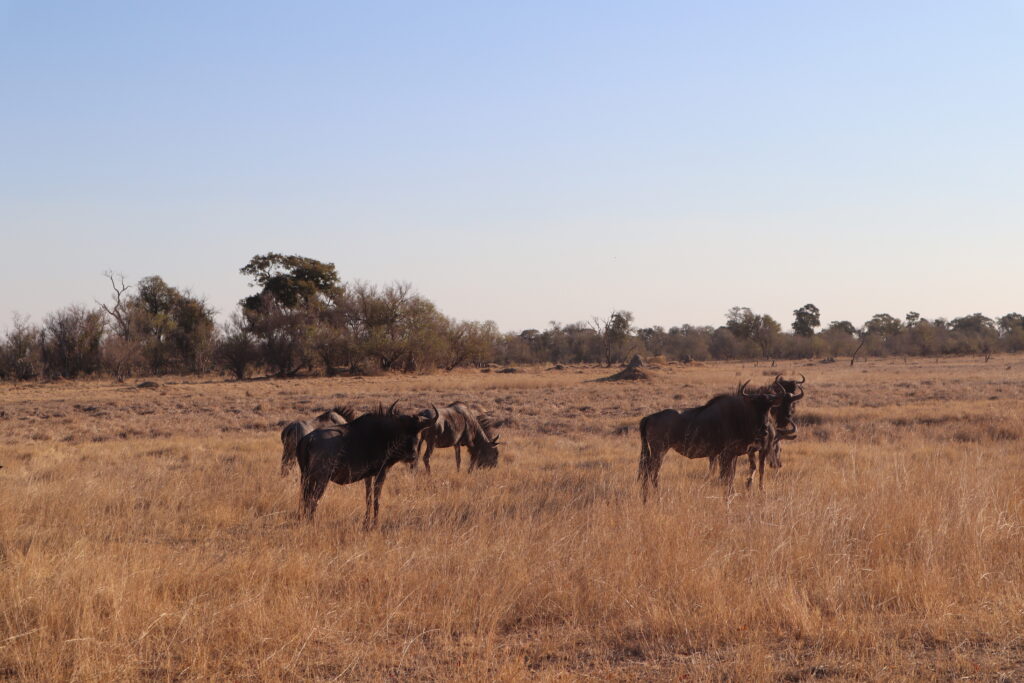
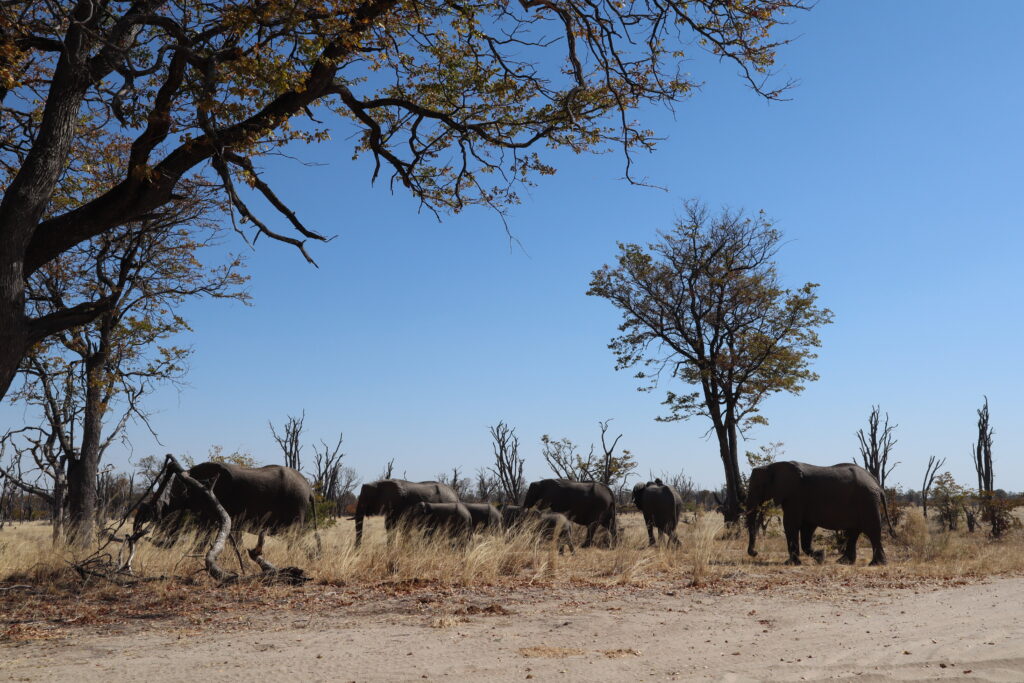

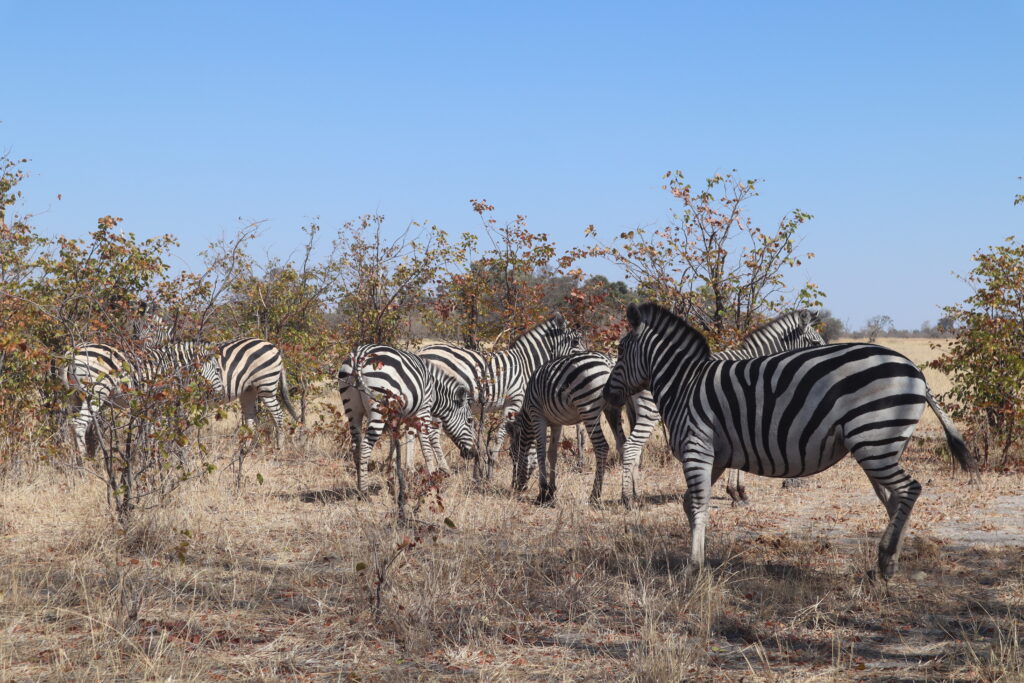
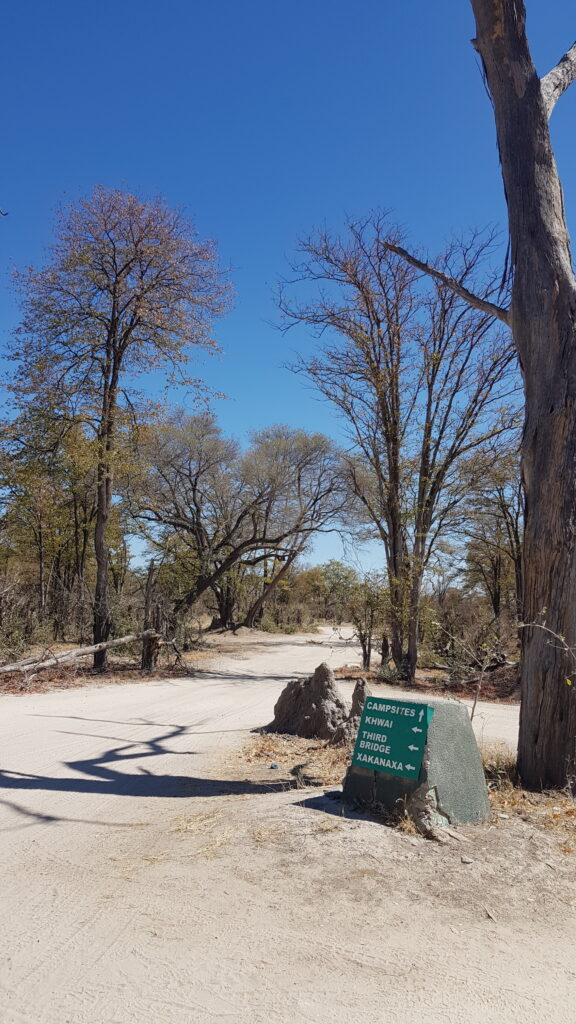

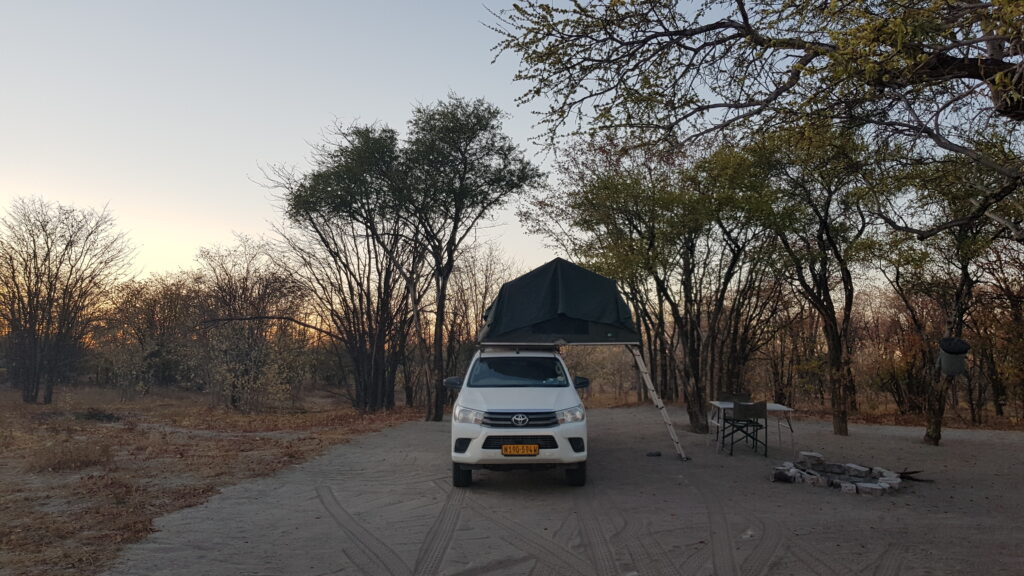
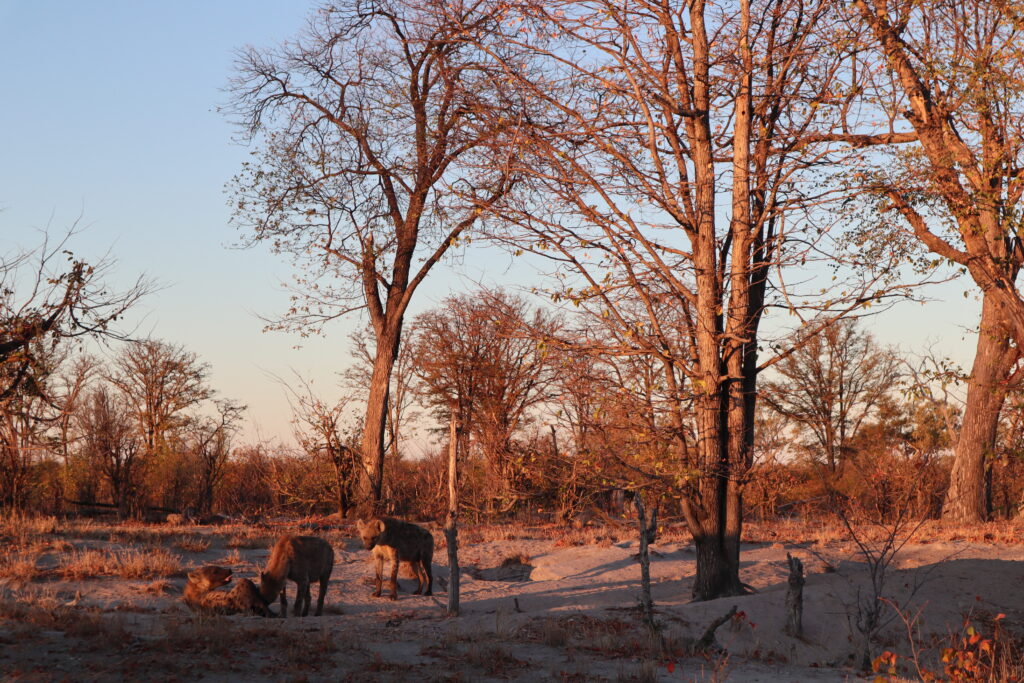
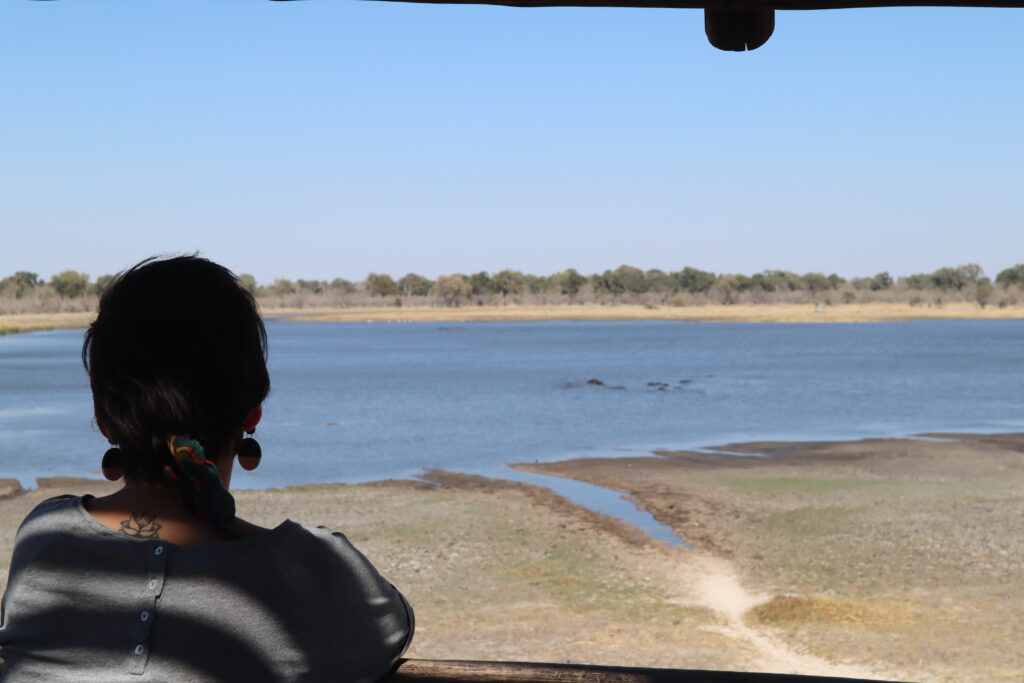
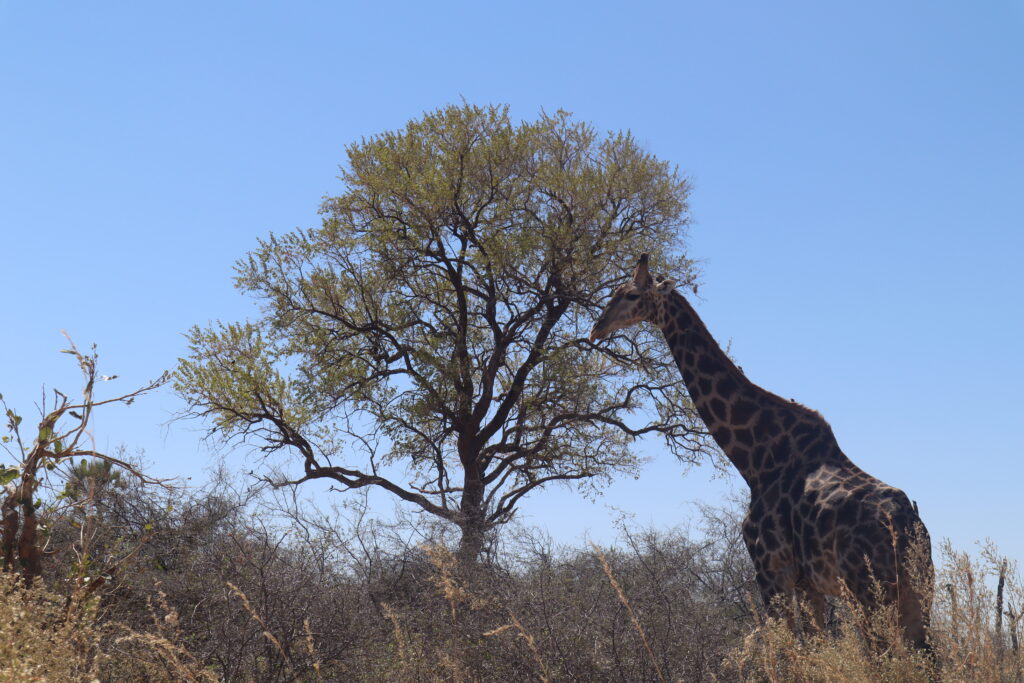
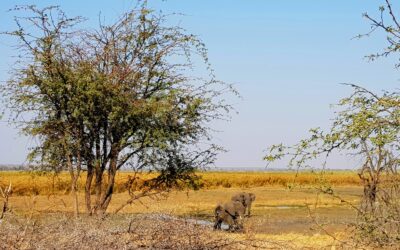



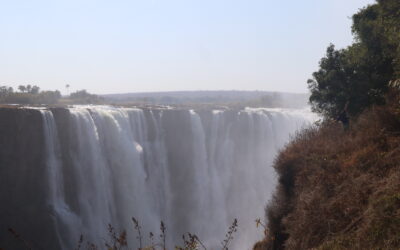

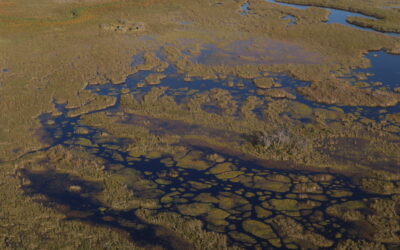
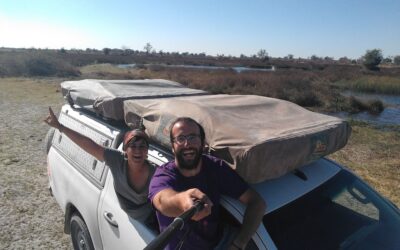


0 Comments